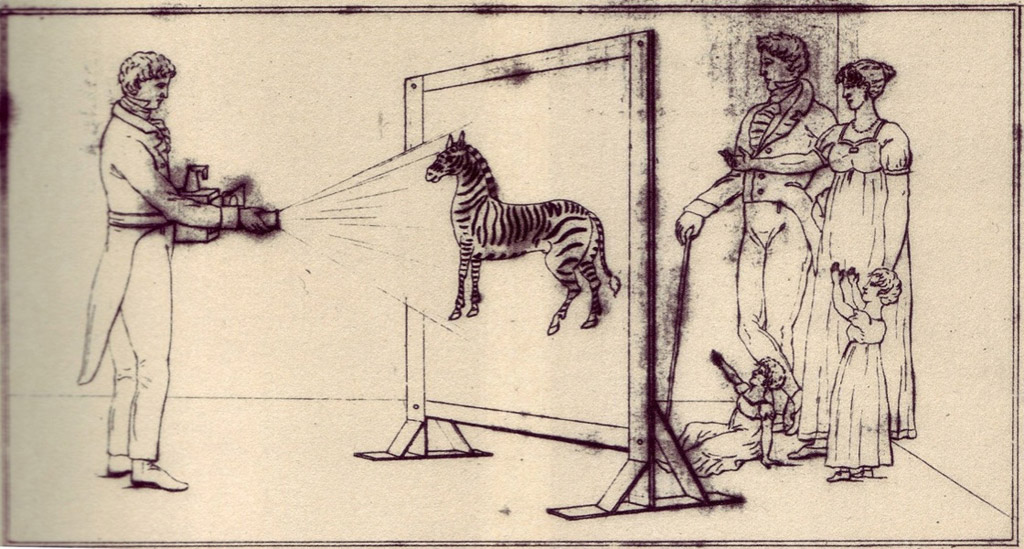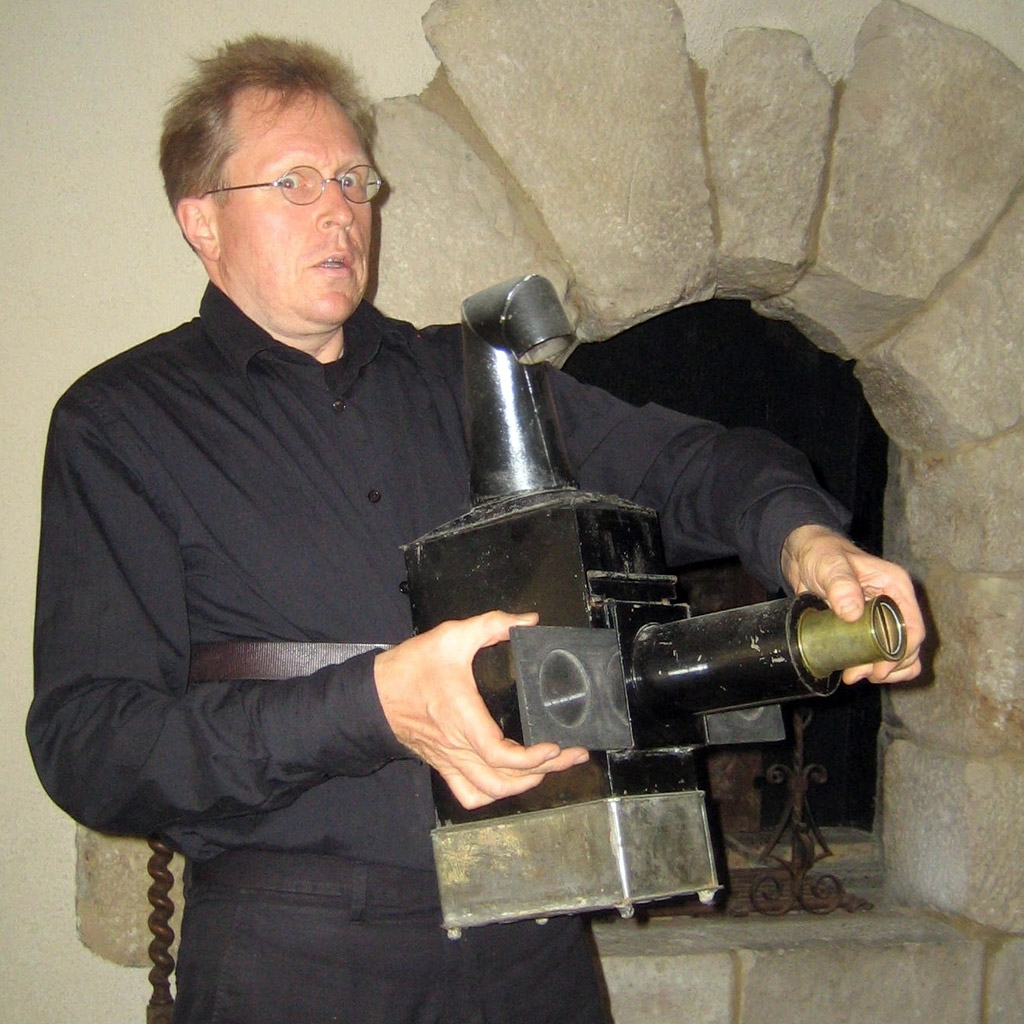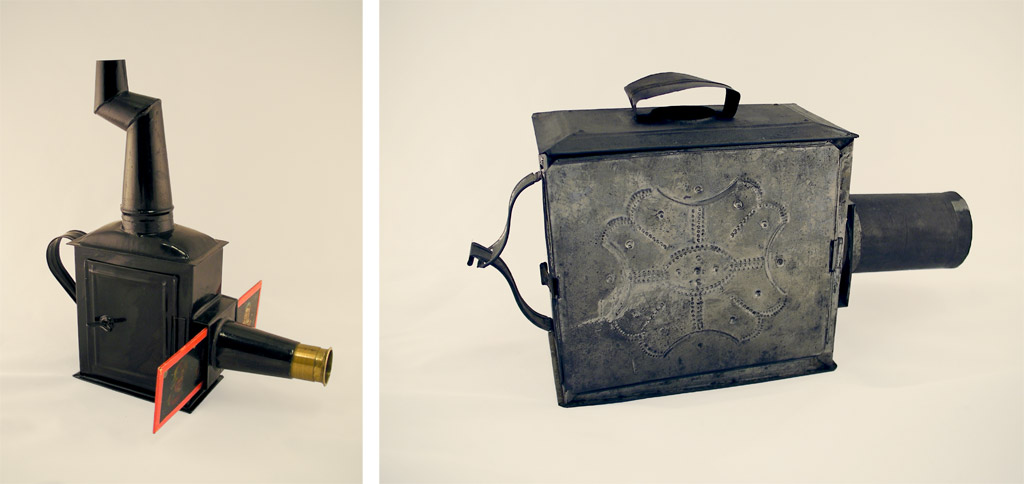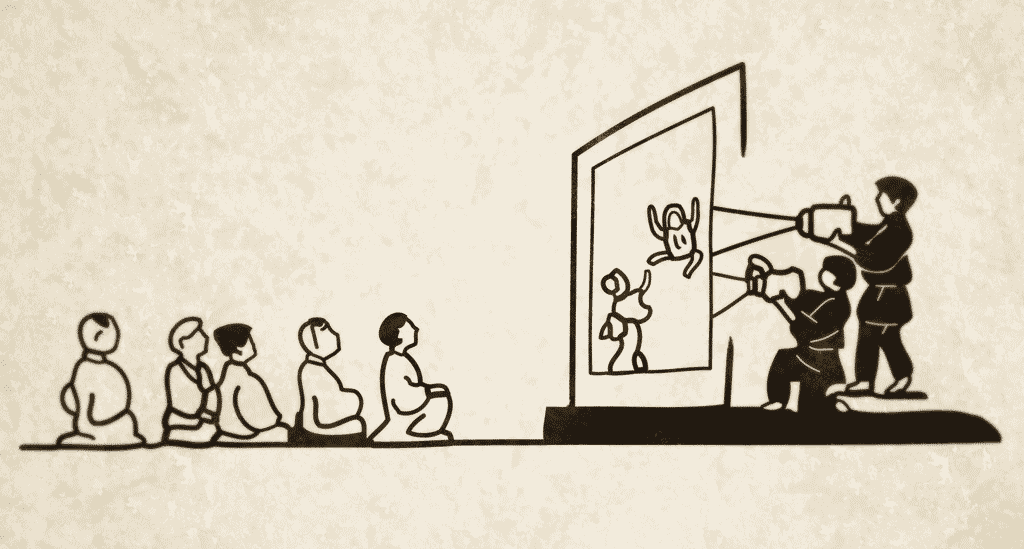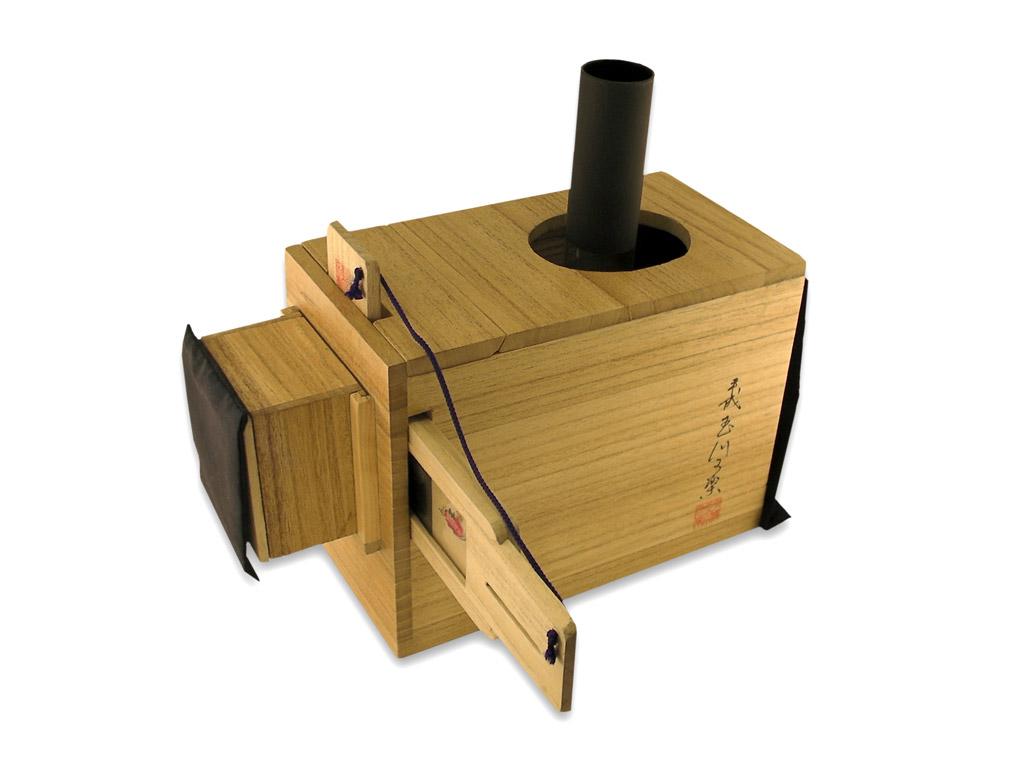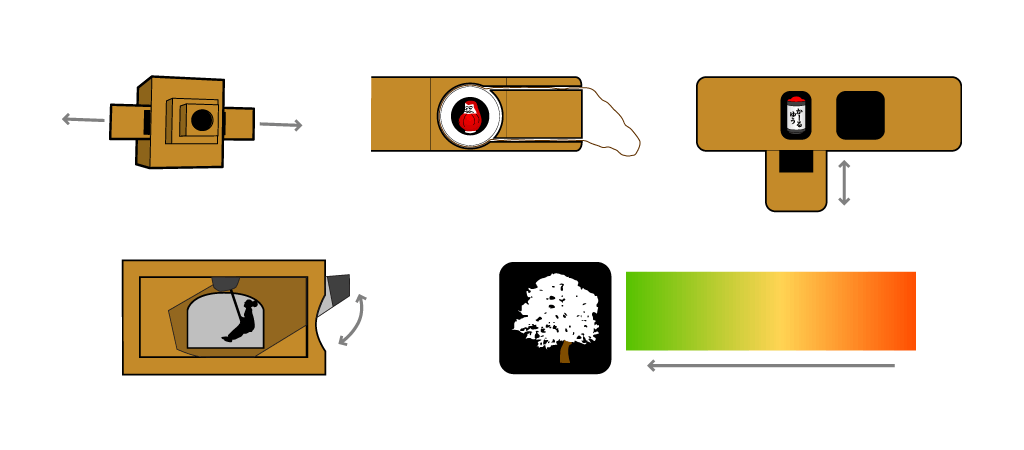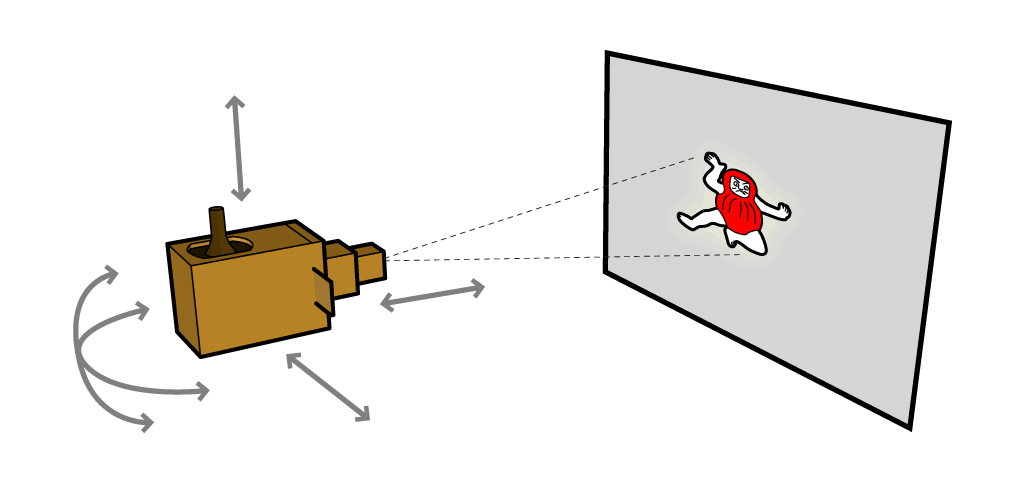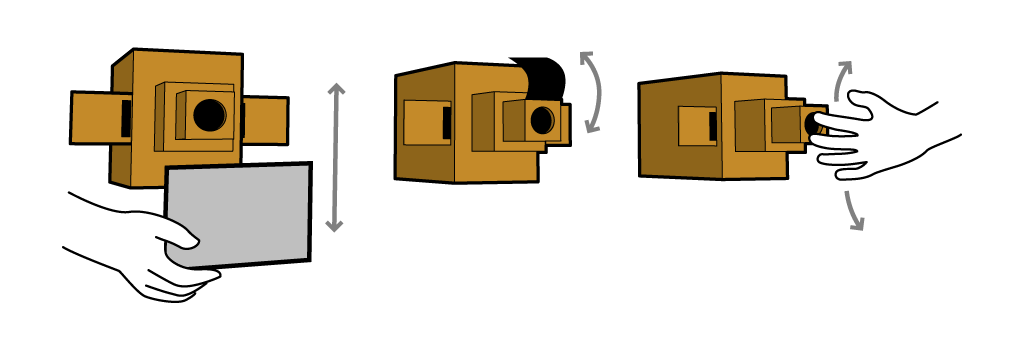A Pre-history of Handheld Projector-based Interaction
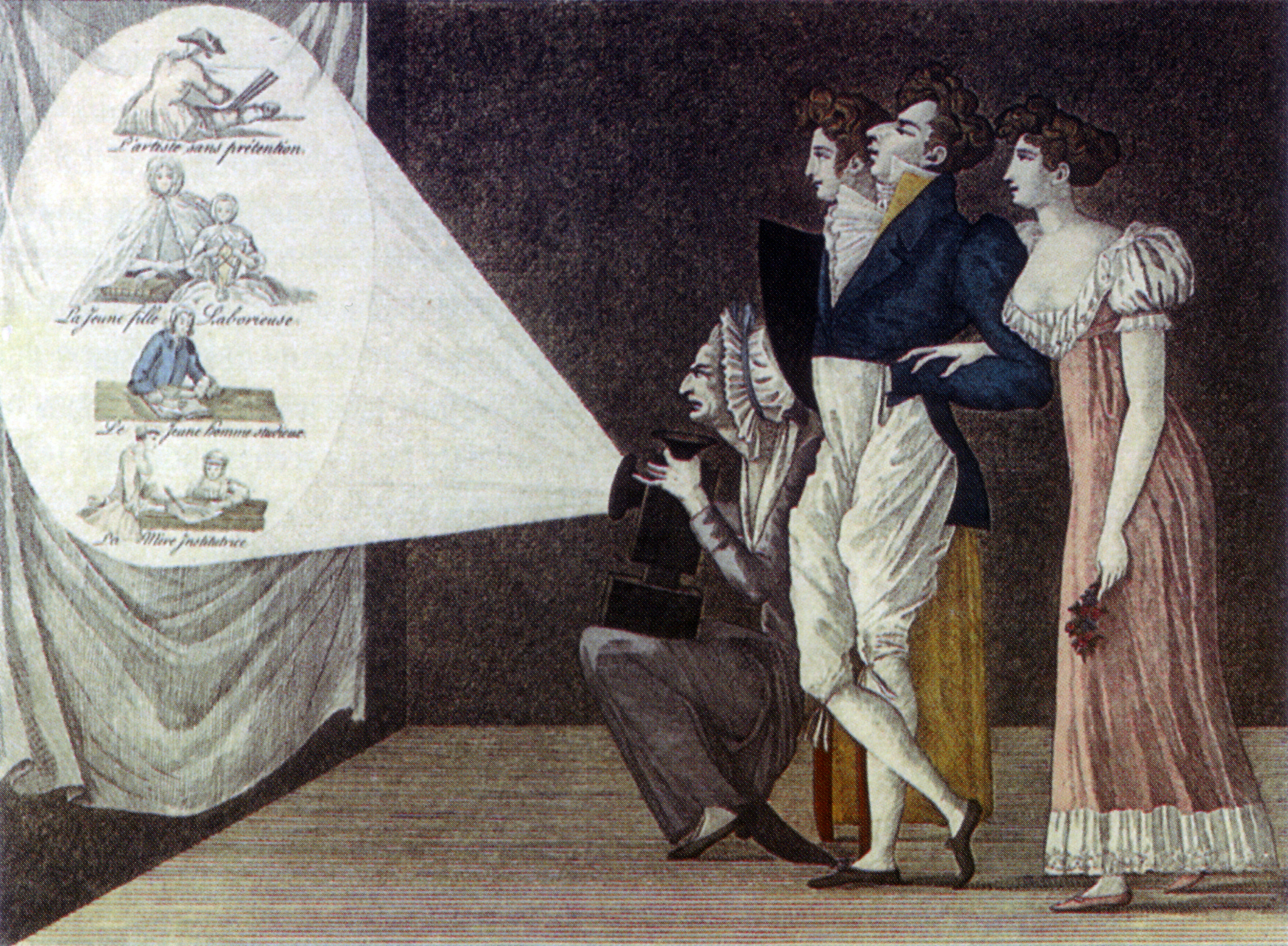
Handheld projectors are small projection devices that have recently come to market and are currently being embedded into a range of electronic devices such as mobile phones and digital cameras. Despite the growing adoption of this new technology, contemporary research has largely ignored historical usage of handheld projectors.
Pre-cinema handheld projectors such as the Magic Lantern and the Japanese Utsushi-e performance offer important historical precedents for contemporary handheld projector-based interaction. This research paper outlines an initial 'pre-history' of handheld projector-based interaction by documenting historic projection techniques and outlining their relevance to contemporary research.
Research Paper: A Pre-history of Handheld Projector-based Interaction
Funded by: Carnegie Mellon University GuSH grant
